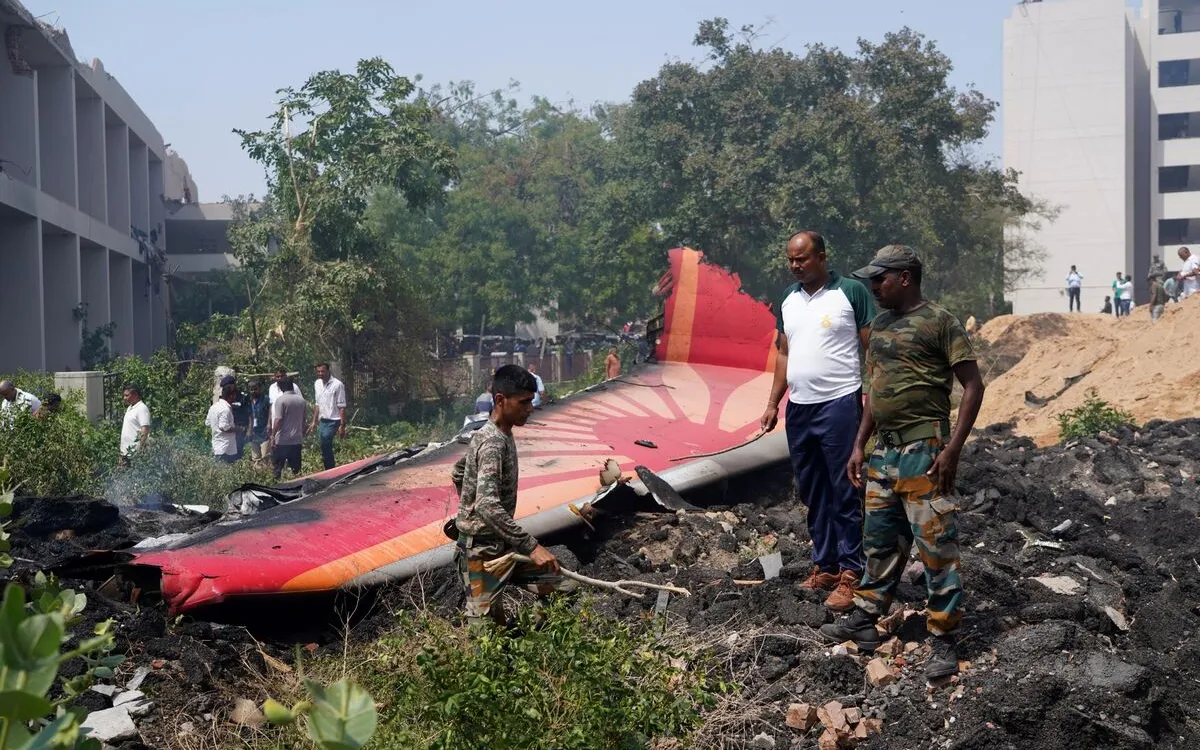
The Air India jetliner that crashed on June 12 faced catastrophic failure almost immediately after takeoff, leading to a devastating incident. According to a preliminary report filed on July 11, both engines of the aircraft lost fuel supply, leaving the pilots with insufficient time to regain control and avert disaster. This tragic event resulted in the loss of 241 lives, with only one survivor among the 242 individuals on board.
The preliminary report, spanning 15 pages, provides a detailed account of the harrowing 32 seconds that unfolded between the jet's takeoff from Ahmedabad and its descent into an urban area just beyond the airport perimeter. The Boeing Co. 787, a model known for its advanced technology, exploded upon impact, highlighting the severe consequences of the fuel supply failure.
Investigators are focusing on the critical factors that led to the loss of fuel supply in both engines. This sudden failure left the pilots scrambling to respond to an emergency situation, drastically reducing their chances of executing a safe landing. The report emphasizes the need for a thorough investigation to uncover any underlying issues that may have contributed to this tragic incident.
This incident raises significant concerns regarding aviation safety standards and the reliability of aircraft systems. As authorities continue to investigate the circumstances surrounding the crash, there will likely be a call for enhanced protocols to ensure that such catastrophic failures are prevented in the future.
The aftermath of the Air India jetliner crash has left the affected families devastated. Support systems are being mobilized to assist those who lost loved ones, as the community comes together to mourn this tragic loss. The emotional toll on survivors and families is profound, highlighting the need for compassion and support during this difficult time.
The preliminary findings from the Air India jetliner crash serve as a sobering reminder of the inherent risks associated with air travel. As investigations continue, the aviation industry must take proactive measures to enhance safety protocols and prevent similar tragedies in the future. The loss of life in this incident is a stark reminder of the importance of rigorous safety standards and the need for ongoing vigilance in aviation practices.